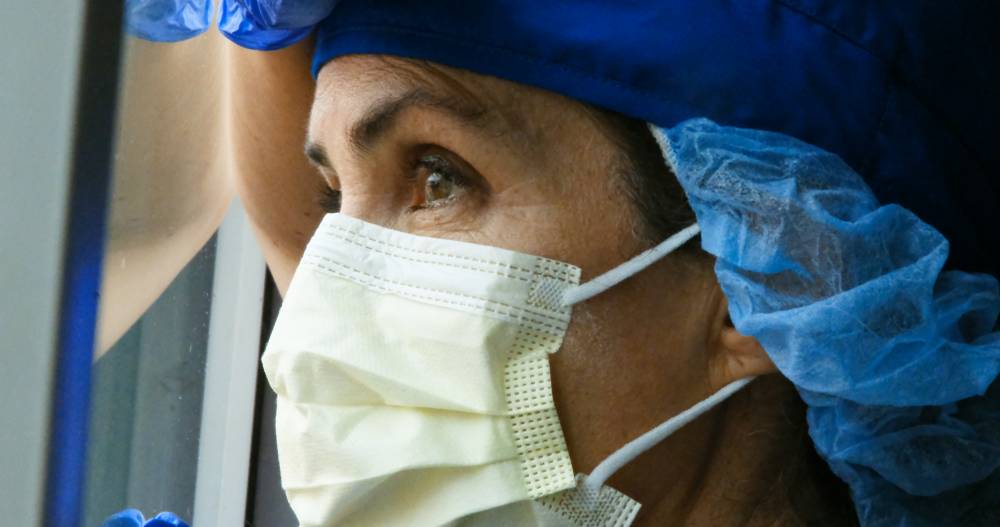
Paid pandemic leave is to be extended to all those working in aged care who need to get tested and self-isolate if they have symptoms of COVID-19, are a close contact of someone infected with COVID-19, or are required to self-isolate or quarantine.
However aged care workers whose employment is covered by Enterprise Bargaining Agreements (EBA) and casual employees working irregular shifts will remain without access to paid pandemic leave.
The Fair Work Commission (FWC) has ruled that aged care workers on three awards including the Nurses Award be granted paid pandemic leave. Yesterday the Prime Minister announced a $1,500 pandemic leave disaster payment. But these measures may not go far enough.
The Australian Nursing and Midwifery Federation Federal Secretary Annie Butler says paid pandemic leave must now be urgently extended to all workers in aged care. Ms Butler said this is a critical measure in preventing the further spread of COVID-19 in workplaces across the community, most particularly in nursing homes, where the virus is rampant.
“Although we welcome these recent measures and they are definitely a great start, the government needs to go further, because too many people remain without access to decent leave.
“The $1,500 disaster payment is only available if a worker doesn’t have sick leave and has been directed by a public health official to self-isolate. This won’t stop workers going to work while they’re feeling unwell because they can’t afford to lose pay,” Ms Butler said.
“Equally, the FWC’s ruling to grant paid pandemic leave to direct care workers in aged care is welcome but it only applies to approximately ten percent of those workers, as the majority work under EBAs. So, the same problem remains, a lack of support for aged care workers to stay home when they’re feeling unwell.
“The system must ensure that any worker who needs to stay home because they have to self-isolate due to exposure to COVID-19 or they’re feeling unwell, can afford to and they’re not financially disadvantaged.
“When we know the devastating impact the virus has on older people, especially those with multiple chronic illnesses, we need to do everything possible to contain its spread. One of the most effective ways to assist containment is to introduce paid pandemic leave across the board for those working in aged care” Ms Butler said.